8 Ghost Towns in California You Can Tour Today
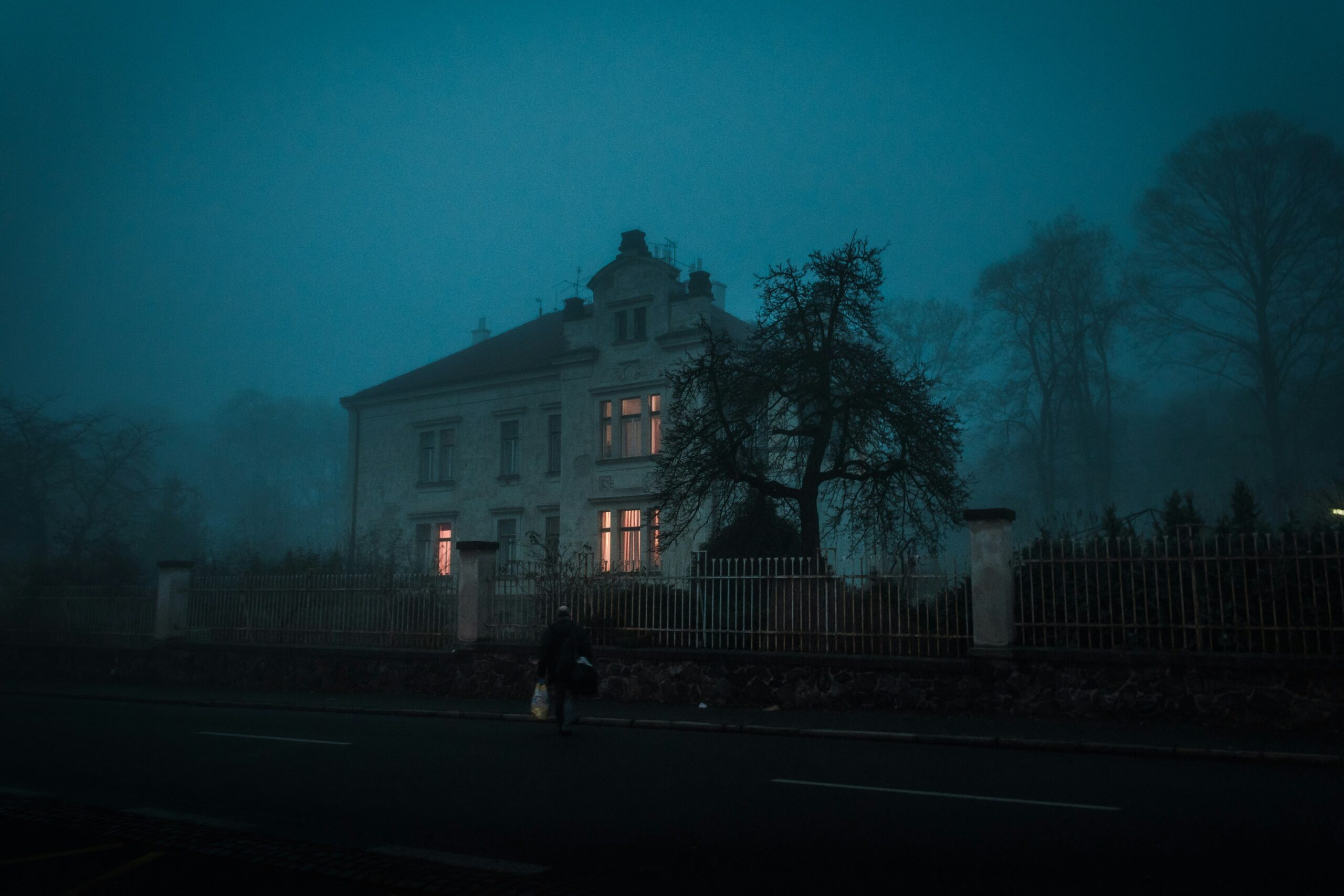
California’s ghost towns aren’t just dusty ruins—they’re time capsules that whisper stories of gold rushes, railroad dreams, and desert survival. Scattered across hillsides, deserts, and coastlines, these abandoned settlements let you walk through the past. Some are hauntingly preserved in decay, while others are carefully restored for curious visitors. Whether you’re chasing history, mystery, or just a unique photo op, these eight ghost towns offer unforgettable glimpses into California’s rugged roots.
Bodie
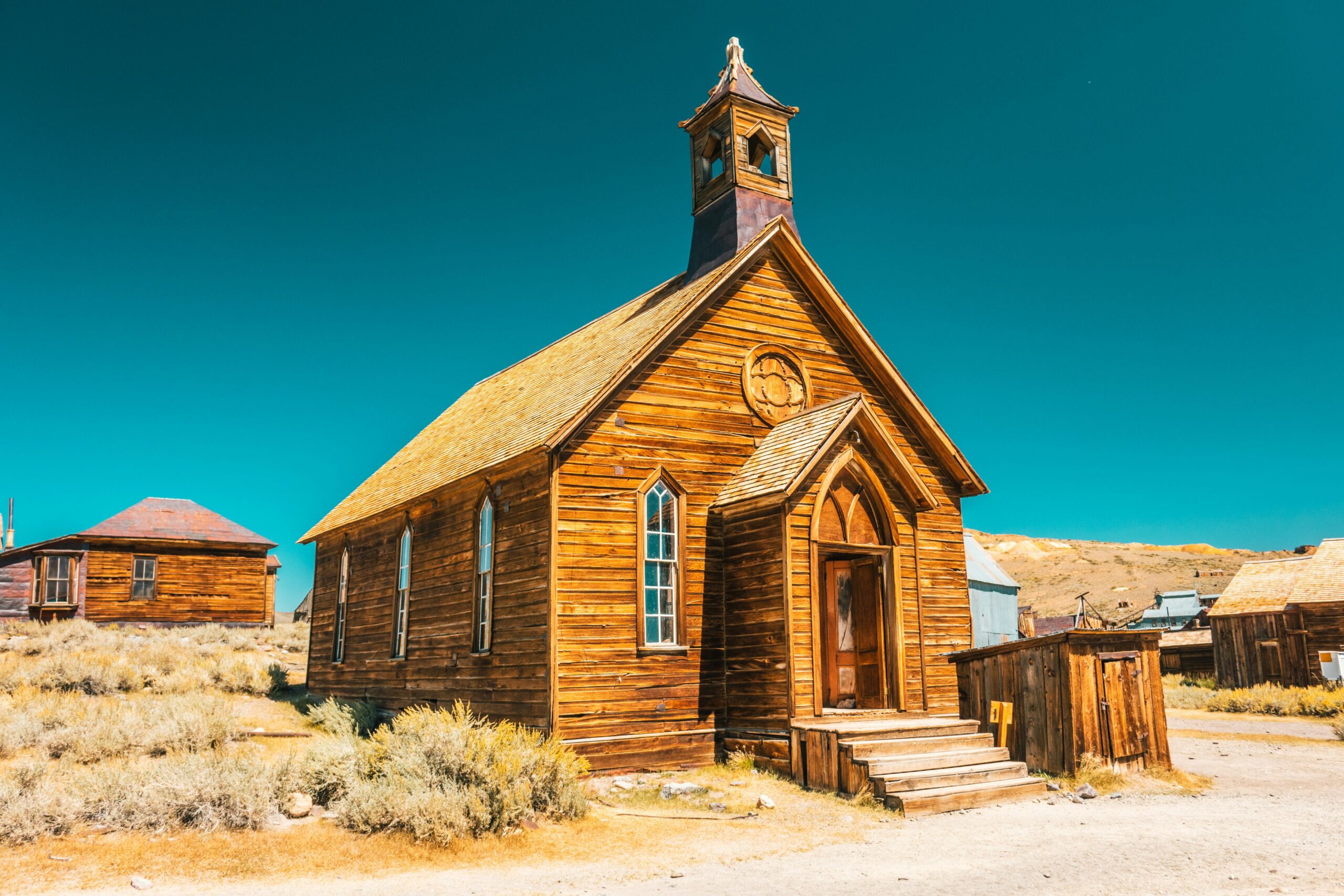
Bodie is California’s most famous ghost town and a designated state historic park. Once home to over 10,000 residents, it boomed during the 1870s gold rush. Today, around 100 structures remain in “arrested decay,” meaning they’re preserved but not restored. Peek into dusty saloons, homes, and churches frozen in time. Located northeast of Yosemite, it’s hauntingly beautiful.
Calico
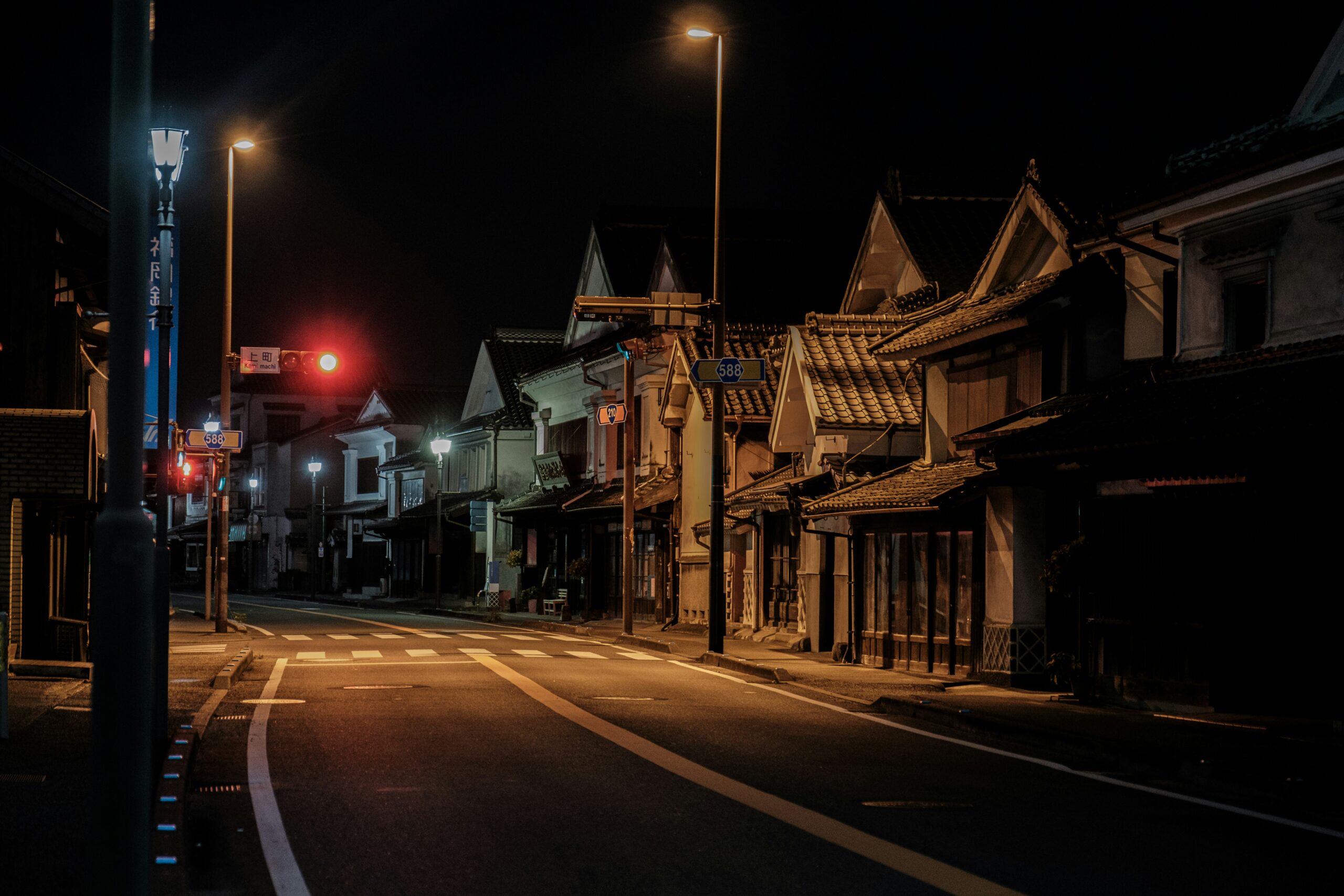
Founded in 1881 during a silver boom, Calico exploded with more than 500 mines and a lively main street. Now restored as a county park, it features colorful storefronts, a replica schoolhouse, mine tours, and occasional Old West reenactments. Though more commercialized than other ghost towns, Calico still captures the flavor of frontier life. Situated near Barstow, it makes for a family-friendly stop packed with Western charm and dusty allure.
Cerro Gordo
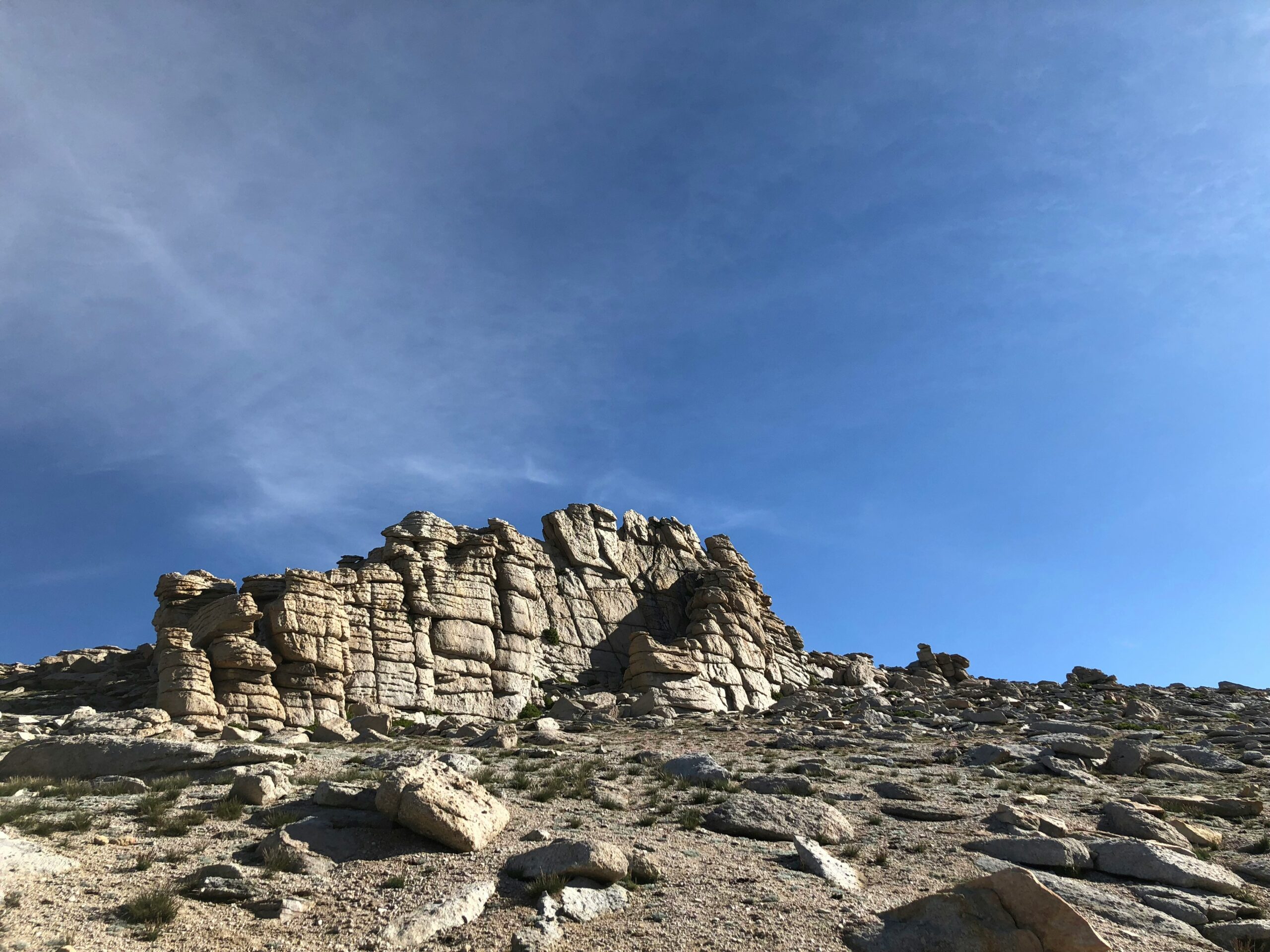
Perched high in the Inyo Mountains above Owens Valley, Cerro Gordo is a private ghost town being carefully restored. Once a silver-mining powerhouse, it’s now a destination for adventurous travelers. Guided tours showcase cabins, mines, and panoramic views of the valley below. Reservations are required, but the effort pays off with stories and solitude in abundance.
Shasta
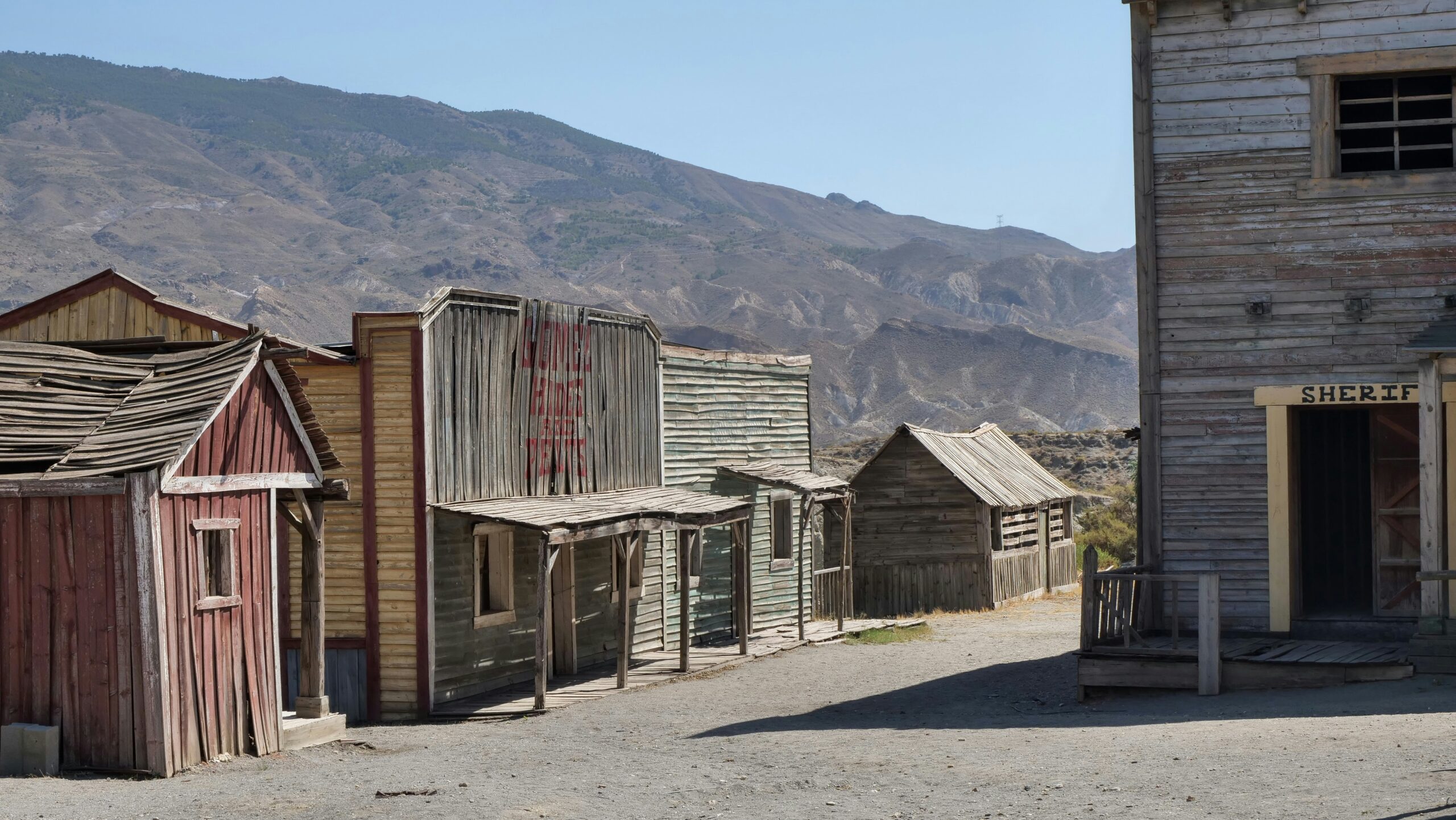
Just west of Redding, Shasta was once a gold rush powerhouse known as the “Queen City of the Northern Mines.” Today, it’s a state historic park where visitors can explore brick ruins, restored buildings, and a museum inside the old courthouse. Wander past crumbling storefronts and through the shaded cemetery to imagine life during the 1850s. Shasta’s quiet streets and tangible past make it a captivating stop on any Northern California road trip.
Keeler
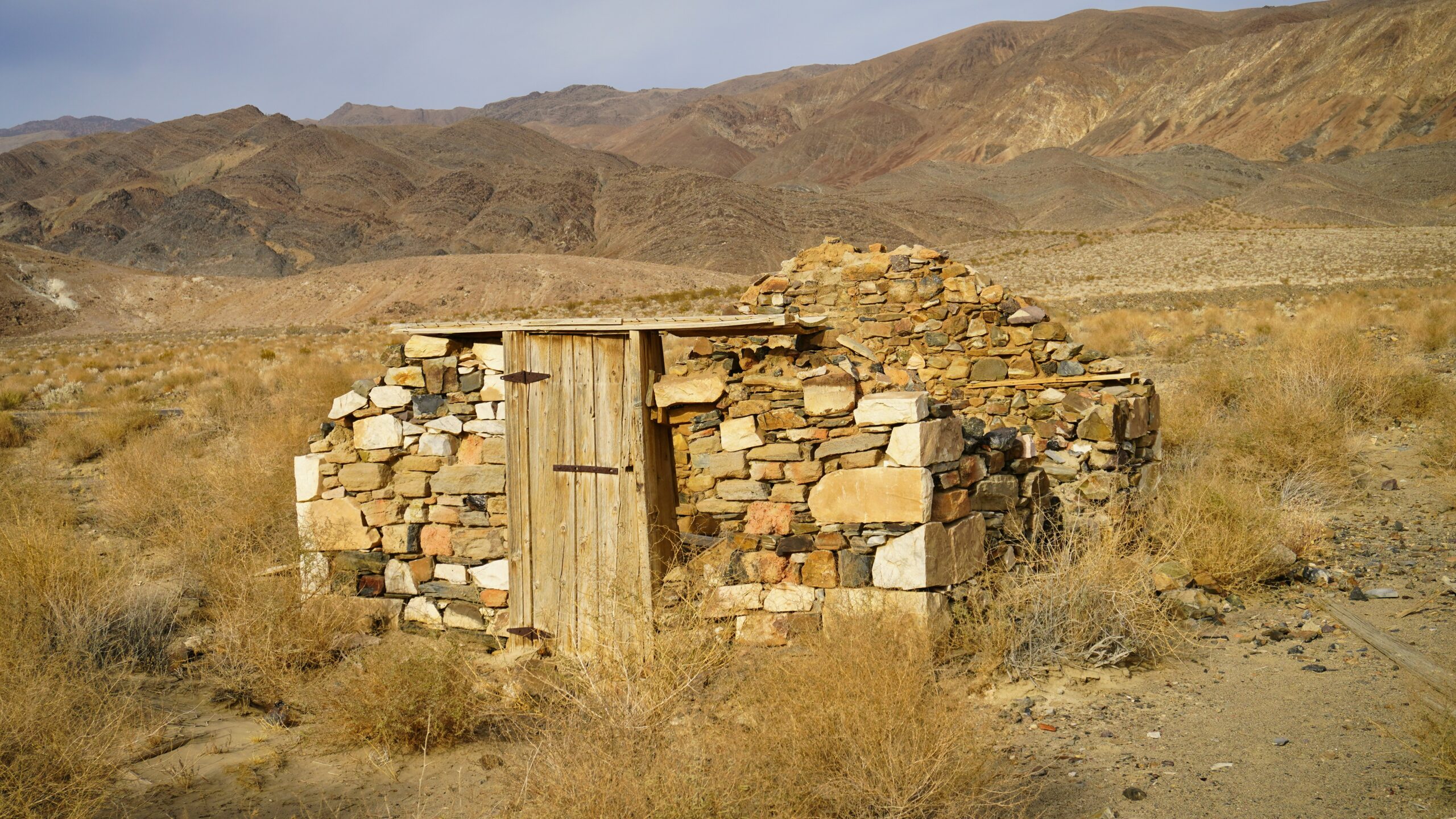
Keeler clings to the edge of Owens Lake, a town abandoned by time and dried-up water. It once served as a shipping port for nearby mines, but when the lake vanished, so did its purpose. A few residents remain, but rusted rails, crumbling buildings, and desert silence now dominate the scene. Keeler’s sparse, eerie beauty draws photographers and history buffs who crave offbeat destinations far from the usual path.
Empire

Nestled near Grass Valley, Empire was a 19th-century mining community centered around the Empire Mine. Though not abandoned in the strictest sense, its historic heart survives in the beautifully preserved Empire Mine State Historic Park. Stroll past stone buildings, manicured gardens, and remnants of the once-thriving mine. The site offers guided tours and exhibits that bring the gold rush era to life in rich, detailed form.
Ballarat
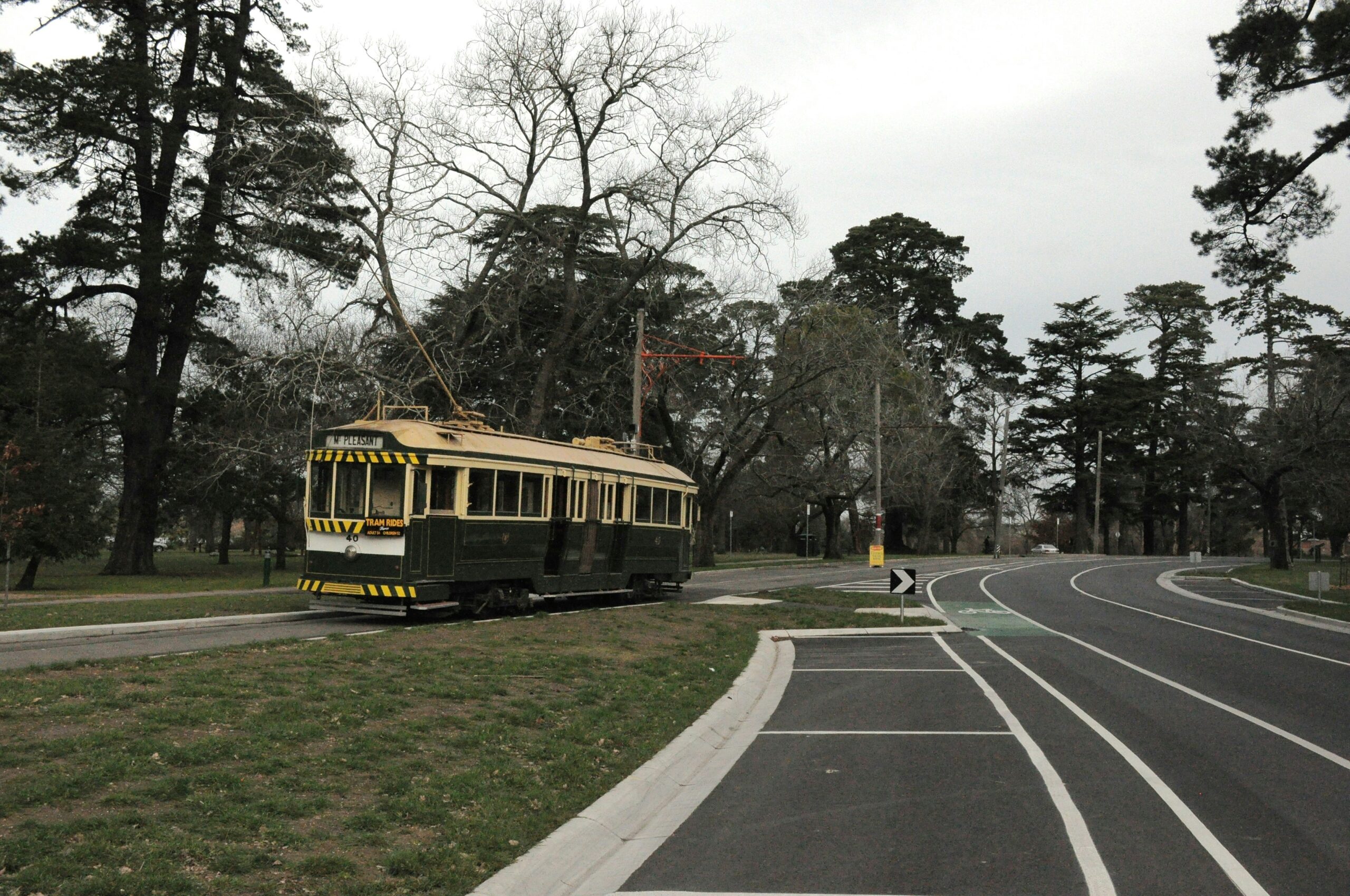
Deep in the Panamint Valley near Death Valley, Ballarat is more ruin than town—a ghost of a ghost town. Founded in the 1890s, it once served nearby mines but declined rapidly. Today, only a few skeletal buildings remain, plus a caretaker and a rusting truck linked to Charles Manson’s followers. It’s desolate, quiet, and soaked in wild frontier energy. Ballarat is for travelers who appreciate the stark and unfiltered side of ghost town tourism.
North Bloomfield
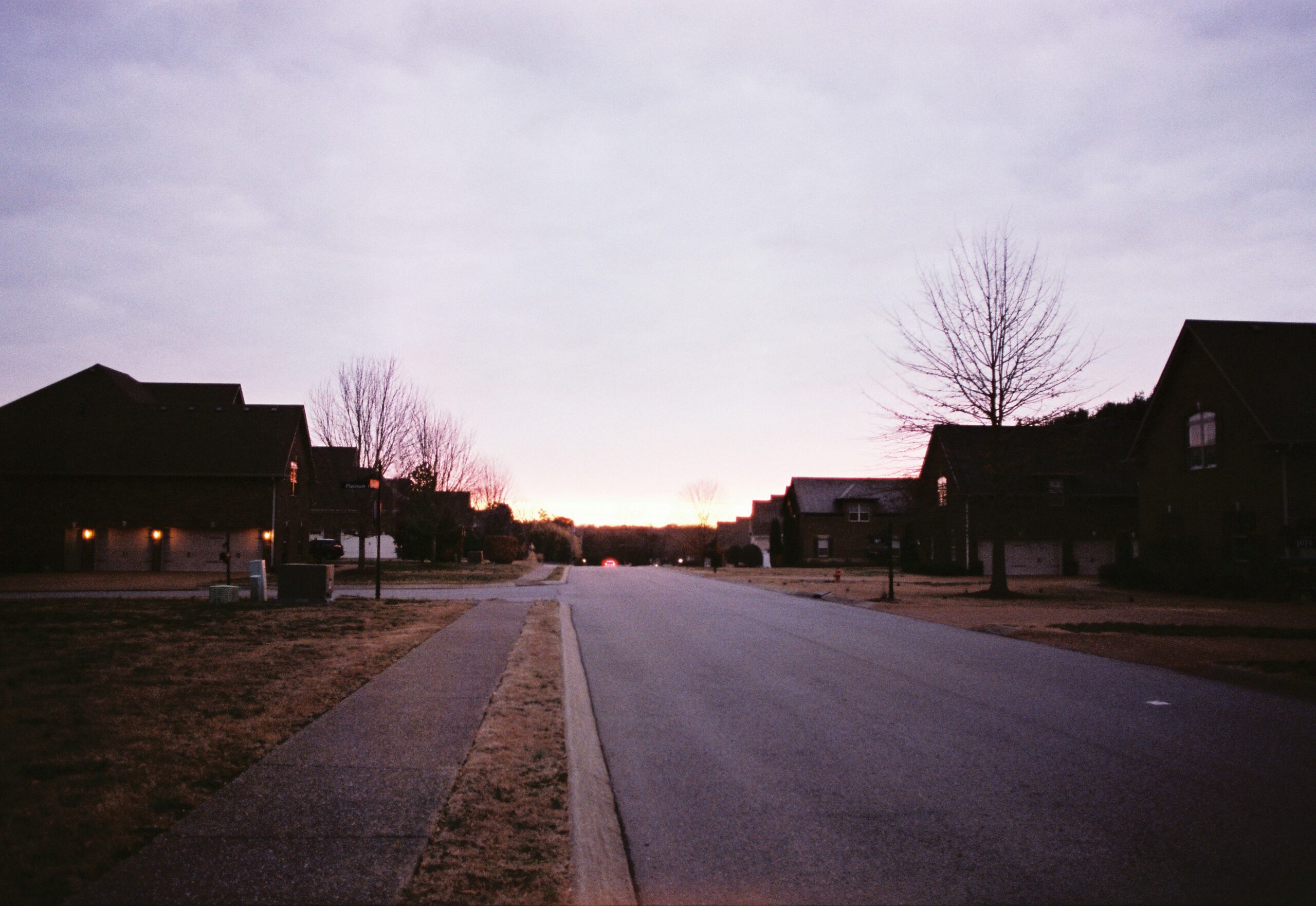
Hidden in the Sierra foothills within Malakoff Diggins State Historic Park, North Bloomfield was a hydraulic mining town during the 1800s. Today, its quiet streets and intact wooden buildings offer a rich window into the past. Take a ranger-led tour to explore the church, store, and blacksmith’s shop amid towering pines. It’s an ideal escape for history lovers and nature walkers looking for gold rush stories beyond the usual stops.